There are some operas, as there are some people, that it is impossible to establish a settled relationship with, and in my case Debussy’s Pelléas et Mélisande is one of them, in fact by far the most pressing one. I never know in advance how I’m going to react to it, and to some extent the actual performance I see is not the determining factor. I’d like, just once, to see the play and find out how I reacted to that. For Debussy offers such a vivid and sometimes perplexing counterpoint to Maeterlinck’s words that one’s reactions to the characters and their actions are always in flux — at least so long as you don’t see the opera too often.
At the Barbican last Sunday, in the second of two performances with the LSO (dedicated to the memory of Pierre Boulez and to be issued on CD), Sir Simon Rattle offered a powerfully thought out and immaculately performed interpretation of the work — and therefore left me more divided about it than ever. The text is of unmitigated pain, bewilderment, miserable uncertainty, while the music streams along with extraordinary beauty and, in this performance, passion and radiance, as if suggesting that there is another way of regarding the events that it illuminates, as if they could be transfigured by it. Which is to say that Pelléas owes far more to Parsifal than Debussy wanted, though the transition music between the first two scenes shows that his conscience got the better of him, making explicit his debt to the dreaded Klingsor. As someone who shares the play’s outlook, and finds the music of almost unbearable beauty (sometimes), I am as torn by the work as Debussy can have wished.
This performance was directed by Rattle’s long-term operatic partner Peter Sellars, and though it wasn’t as irritating and distracting as I feared, it still did nothing to help one enter the opera’s world. Semi-staged, the orchestra, with an unusual layout, constituted the forest in which the characters are lost. They constantly threaded their way through it until they reached an elongated box, with steps to its narrow top, on which many but by no means all of the salient passages were played out. All the characters wore black, a community of sufferers. To provide colour, and presumably at the behest of Sellars, the lighting designer Ben Zamora provided ten bundles of neon tubes, all of them bright and garish, so that by the interval I had a headache and found Act V a great relief, since at last we were plunged into darkness. One might speculate on what the tubes were for, but it would be profitless.
The wonderful team of singers semi-acted, something that rarely comes off, and didn’t here. Semi-staging falls between two stools: to put it roughly, is one watching the characters or the people portraying them? In a concert performance, with a few gestures and maybe even props, one imagines the action and the gestures etc. are stimulants. In a semi-staged performance, one swivels uneasily between seeing the singer-actors and seeing the characters. Fortunately this performance, though it failed to cope with that unease, wasn’t disabled by it, even if some of the scenes appeared as tableaux, while others had action, some of it contemporary, in the Sellars mode. Thus Arkel, the ancient producer of gnomic commentaries, and usually and rightly a stable figure, here took a lively part in the action and groped Mélisande inappropriately. There are enough highly painful passages in the opera without importing contemporary concerns.
What a cast! Surely no performance has been as strong as this: at the centre is the tragic figure of Golaud, and Gerald Finley has never done anything finer than this, conveying the complexity of the character, the only one who is determinate enough to lead us into the centre of the drama. His brother Pelléas was the strikingly similar-looking Christian Gerhaher, less of a romantic presence than Pelléas can be, but more sympathetic. Magdalena Kozena may be controversial casting as Mélisande, but actually I found her more convincing in the role than I have done in any other opera I have seen her in, and her singing was exquisite, above all when leaning from the tower (but there wasn’t a tower, nor was her hair exceptionally long). Franz-Josef Selig’s voice is now ideally grizzly for Arkel, and in a piece of luxury casting verging on the insane, Bernarda Fink was Geneviève, a character that neither the playwright nor the composer could find any interest in. One of the most vivid performers was the boy from Bad Tölz who sang Yniold, Golaud’s son. He took a larger part in the proceedings than Yniold normally does, sang wonderfully and acted with aplomb, and established once and for all that this character must be sung by a boy.
As well as being a powerful and upsetting experience, the performance has made me think about the work again, wondering how far I should prod that glorious surface to see what lies beneath, but also aware that that isn’t a wise thing to do.
Got something to add? Join the discussion and comment below.
Get 10 issues for just $10
Subscribe to The Spectator Australia today for the next 10 magazine issues, plus full online access, for just $10.

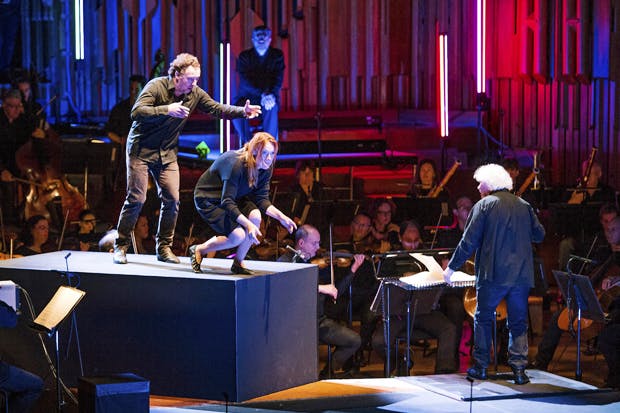
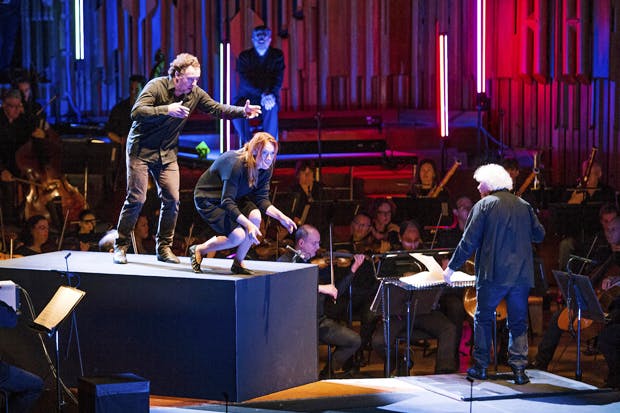
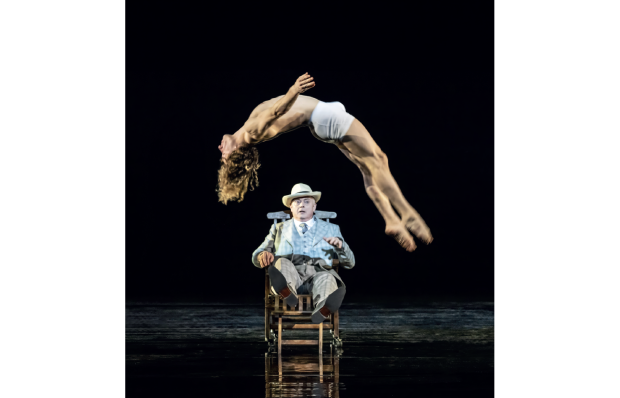
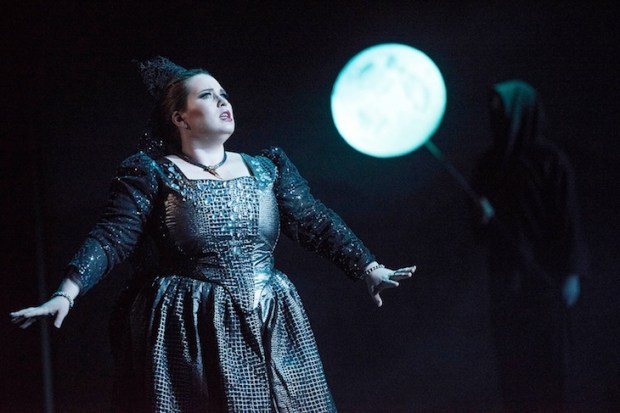
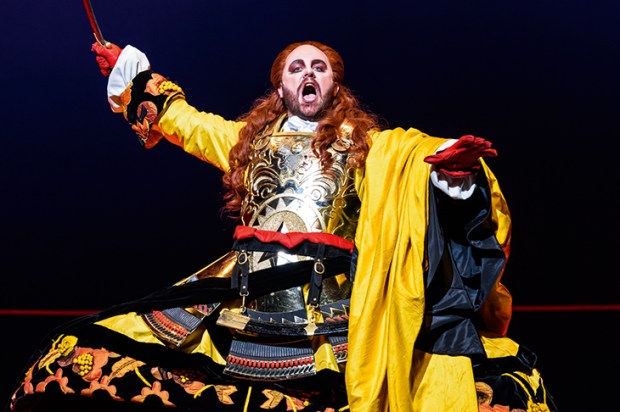
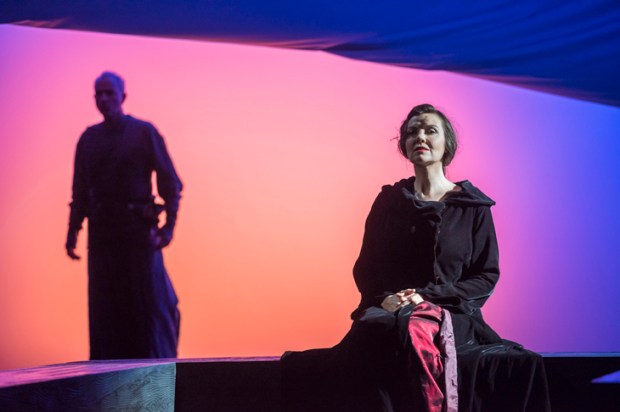
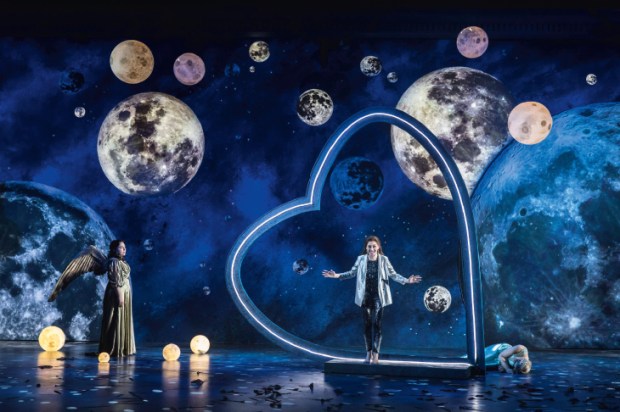






Comments
Don't miss out
Join the conversation with other Spectator Australia readers. Subscribe to leave a comment.
SUBSCRIBEAlready a subscriber? Log in